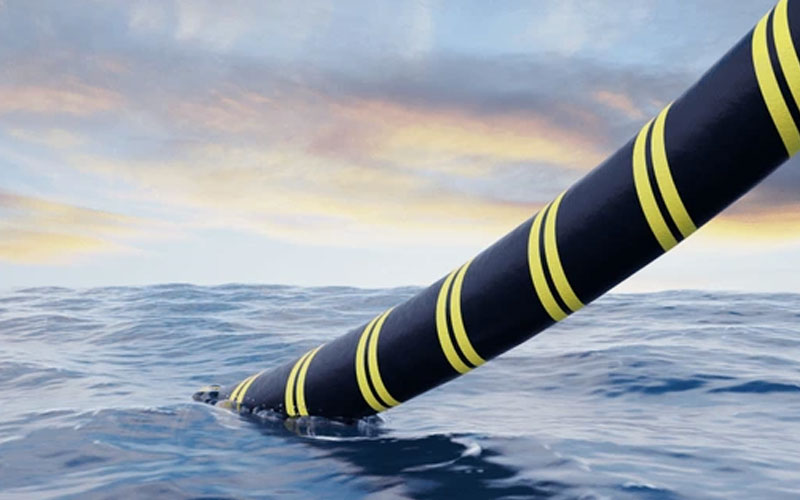Equipped with the most advanced technology, with an initial design capacity of up to 160 Tbps, the 10,000-km-long submarine cable directly connects Japan, Hong Kong, China, the Philippines, Thailand, Singapore and Vietnam (at Quy Nhon, Binh Dinh), using eight fiber pairs on its main route.
Jan 9, 2025

The Asia Direct Cable (ADC), a new 10,000-km-long submarine cable connecting Japan to Singapore with branches in other Asian countries, has commenced operations in Vietnam.
It is the largest-capacity submarine cable in Vietnam, doubling the capacity of the current AAE-1 cable.
Equipped with the most advanced technology, with an initial design capacity of up to 160 Tbps, the cable directly connects Japan, Hong Kong, China, the Philippines, Thailand, Singapore and Vietnam (at Quy Nhon, Binh Dinh), using eight fiber pairs on its main route.
Watch: Top Cable Companies in India
The milestone underscores Vietnam’s leading position in telecommunications infrastructure in East Asia and Southeast Asia.
The inauguration ceremony of the Asia Direct Cable (ADC) submarine cable system was held in Hanoi by Viettel Business Solutions Corporation (Viettel Solutions), a Vietnam-based telecom operator and an investor in ADC.
According to Mr. Pham Trung Kien, Deputy General Director of Viettel Solutions, “The ADC submarine cable system will expand connections between Vietnam and countries in the region, creating new opportunities for information exchange, international transactions, and technological development.”
After six years of implementation, the project was successfully completed and accepted on November 8, 2024. It officially began operations on December 19, 2024.
Also Read: Fincantieri, Sparkle to Develop Technology for Protection of Submarine Telecommunications Cables
With the ADC cable system coming into operation, Viettel has become the sole investor in Vietnam to own one fiber pair on the main route, with a minimum design capacity of 20 Tbps, along with the entire cable branch and landing station in Vietnam.
The ADC cable not only enhances international connectivity capacity to support modern technologies such as 5G, artificial intelligence (AI), the Internet of Things (IoT), and augmented/virtual reality (AR/VR) but also contributes to ensuring the safety and stability of Vietnam’s Internet infrastructure.




